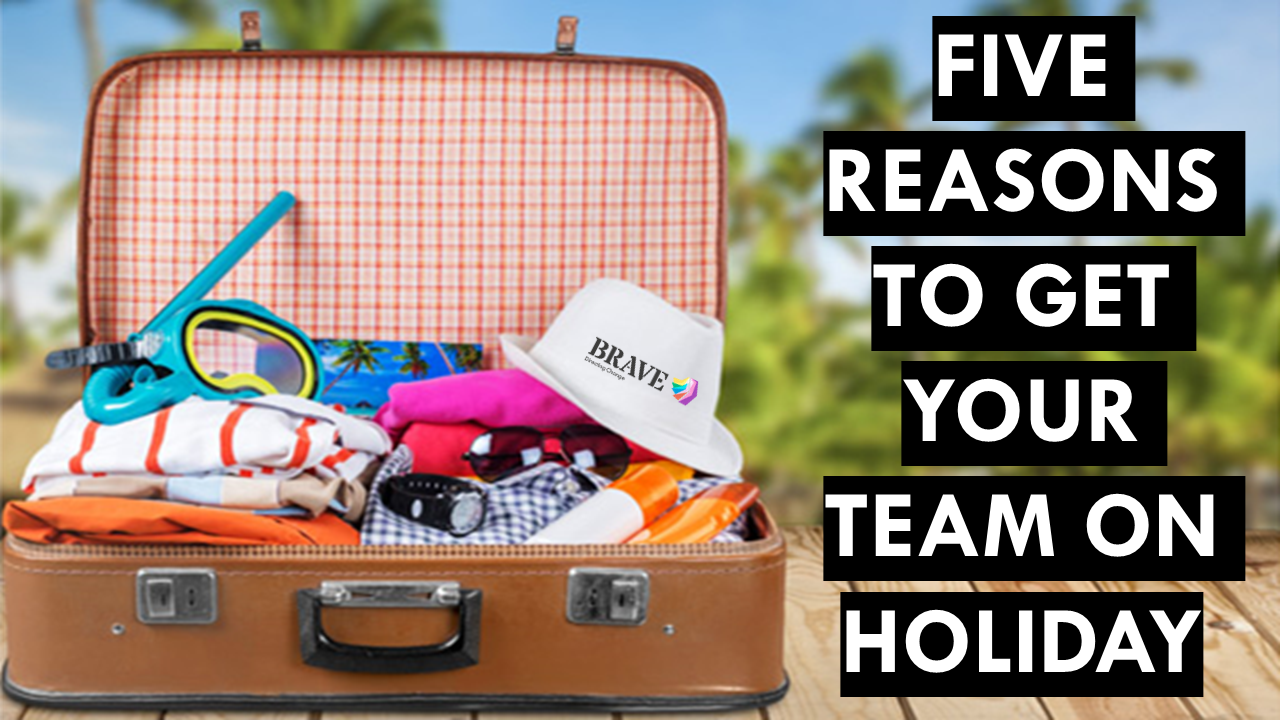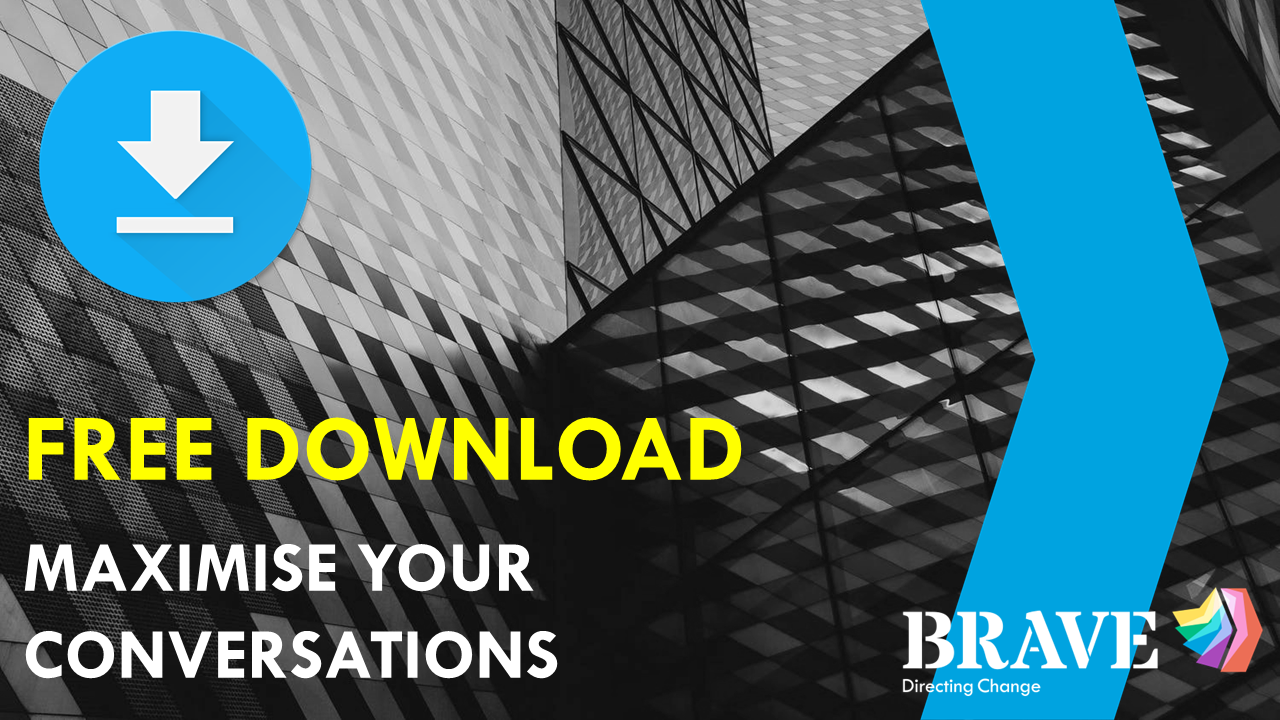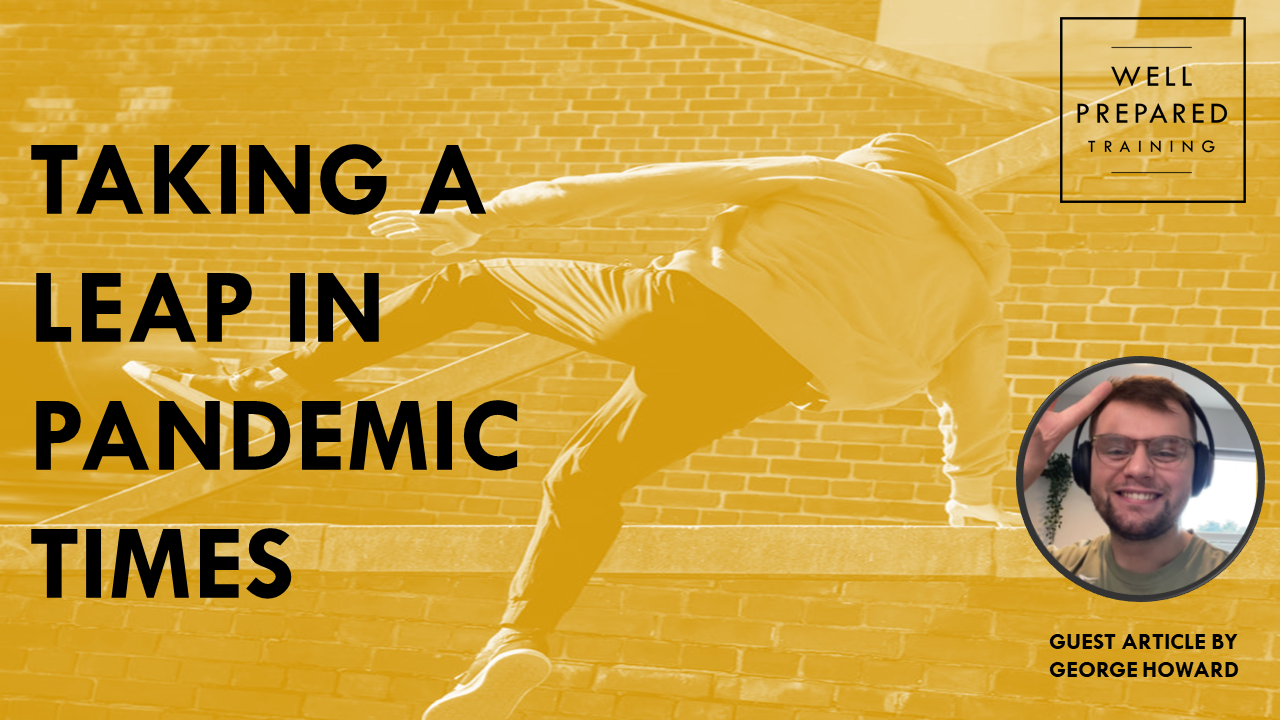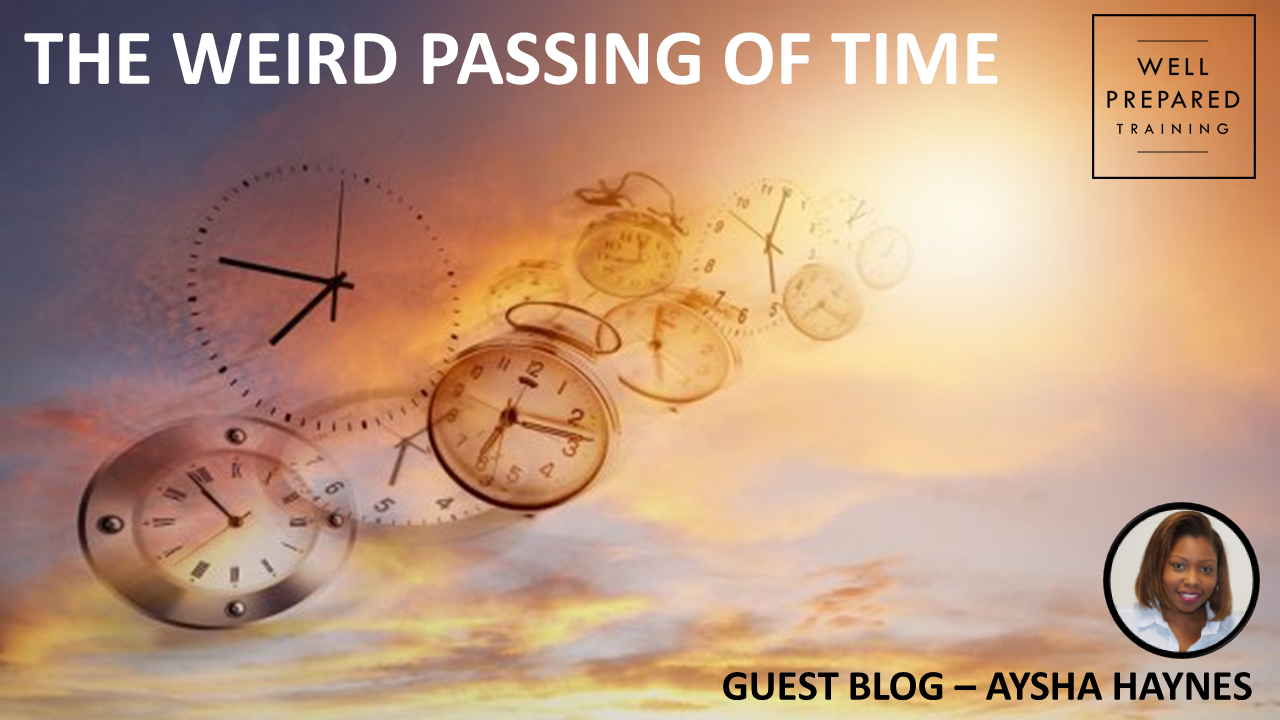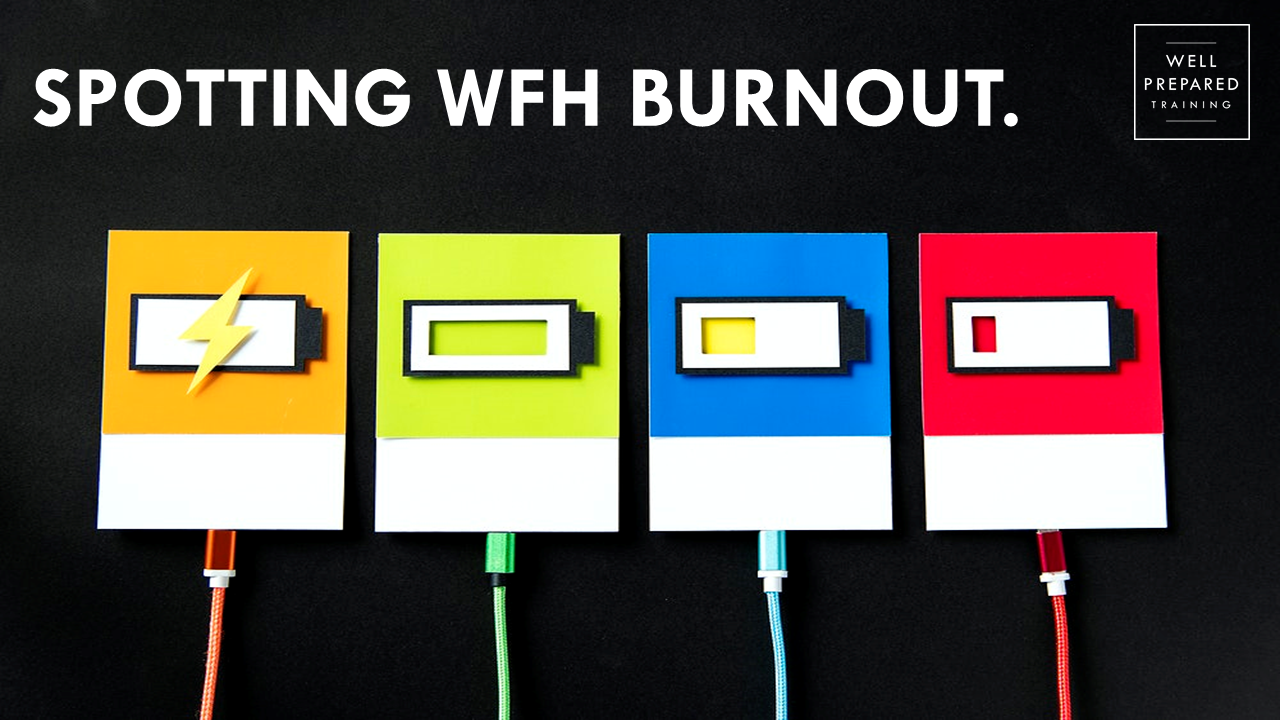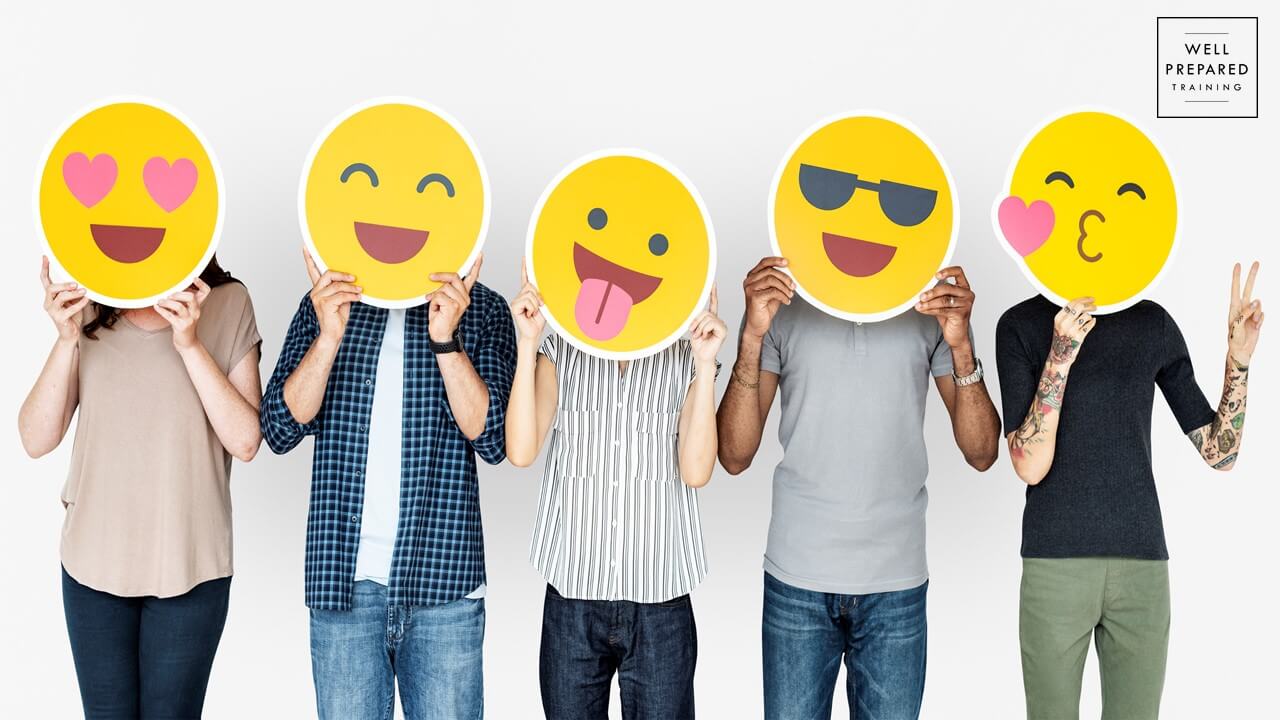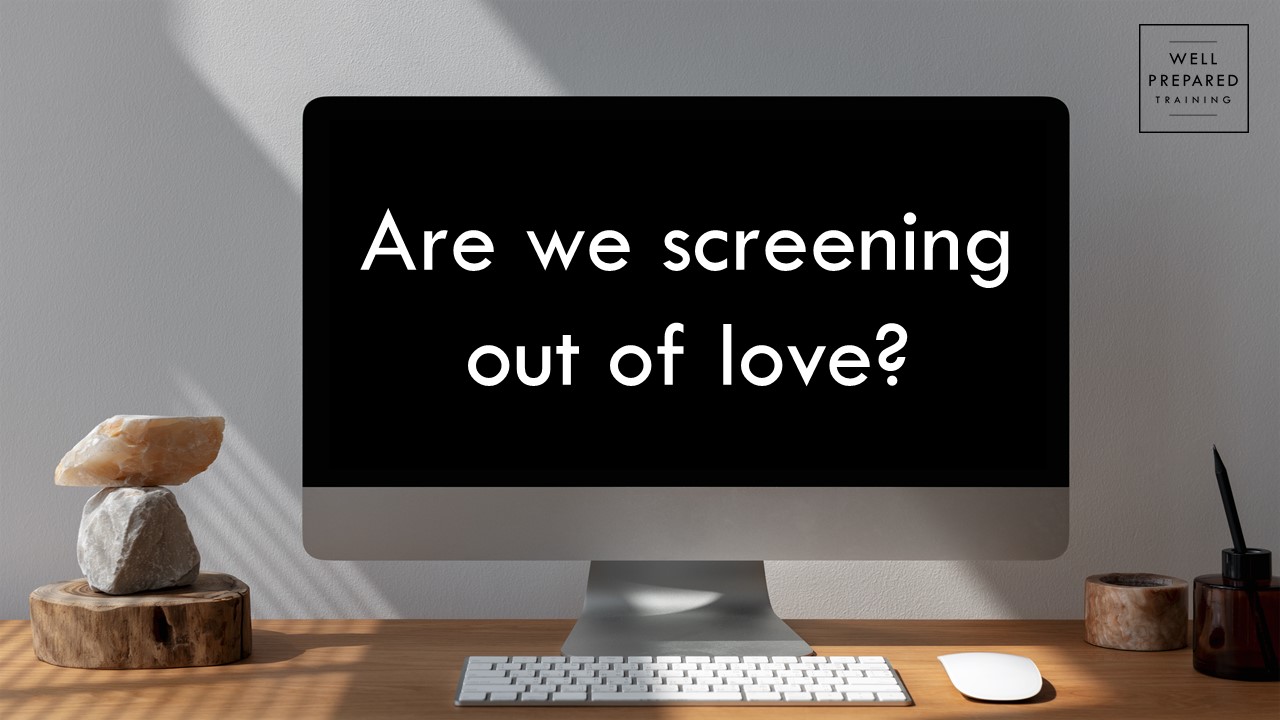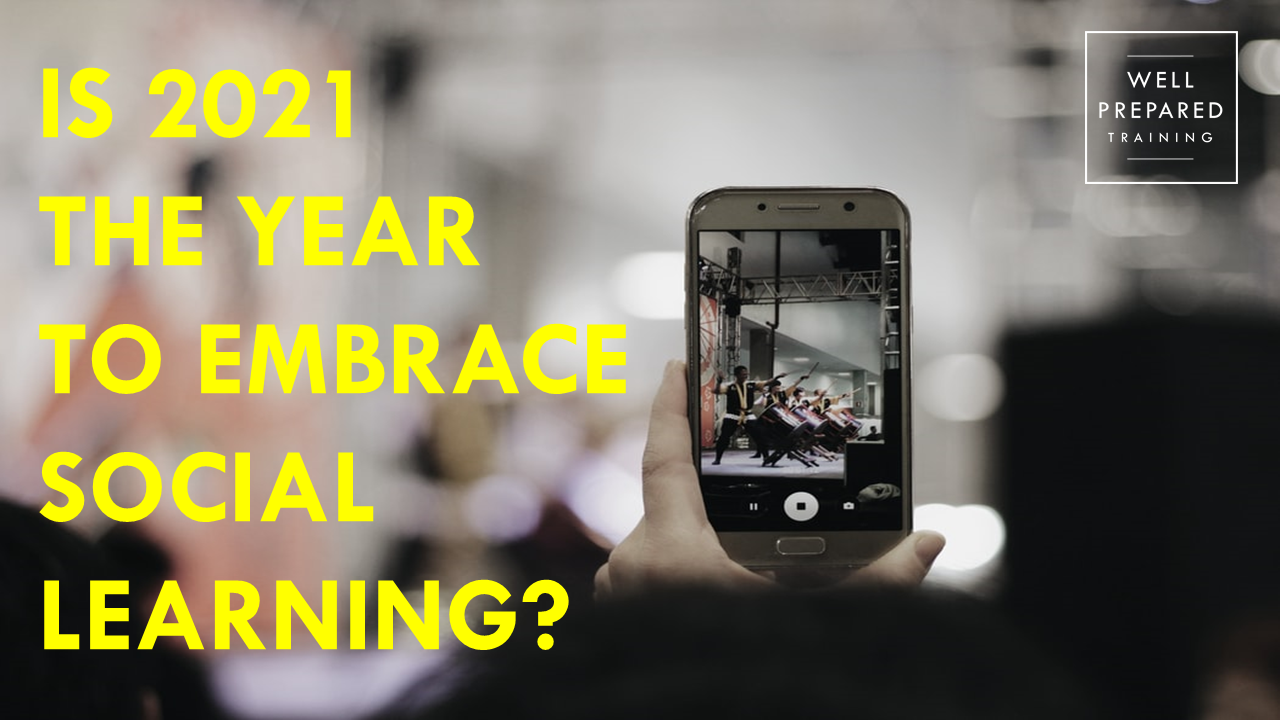The infamous creative block.
That moment when you receive a new client brief with vague information, huge expectations, next-to-no budget and an unrealistic deadline. The time is 9.01. The first coffee hasn’t even scratched the surface of your functioning caffeine threshold. You know it’s time to get creative with your response. But the cogs in that space between your ears just aren’t functioning. You start to feel tense. Your heart starts racing. It’s fight or flight.
Sound familiar? *Gulp*
Okay, so I may have exaggerated some of those points, but that’s the creative block in a nutshell. It’s an unpleasant experience, to say the least, and one that as a Creative, you want to avoid at all costs. Working in a fast-paced creative communications agency has helped me pick up a few nifty tips and tricks that give me creative inspiration to prevent such ‘blockage’ (ew), which I’m going to share with you – being the generous person that I am.
Buckle up, grab a brew and hang in tight. Here’s my four top tips for creative inspiration…
One: Idols
Idols. We all have them, but what about idols specifically within the creative industry? That’s a whole new kettle of fish. Having creative idols that produce and create works that amaze you can be hugely inspirational. Artists, sculptors, designers, art directors, photographers, you name it. There are so many inspirational figures out there in the field of creativity that can inspire your next project or proposal with their work. For me personally, it’s Virgil Abloh, the founder of clothing giant Off-White and Creative Director of the Luxury fashion house Louis Vuitton, and Daniel Arsham, sculptor, artist, visionary and Porsche 911 enthusiast, both of whom have a huge social following. But your inspiration could be any creative person, big or small. My challenge to you: pick up to three creatives within the industry that you’re interested in following. Once or twice a week, have a browse of their social handles and websites, or if you know them personally, why not get in contact? Keep track of what new weird and wonderful ideas they’re generating and see if you can unpick any elements of them to inspire the creative idea for your project.
Two: Exercise
You may be cursing at me from behind your laptop screen at the fact I’m suggesting you exercise to be more creative. “How will exercise improve my levels of creativity?”, I hear you ask. Well, there’s actually science behind it; just earlier this year, author and health/fitness reporter Gretchen Reynolds reported a scientific discovery that found “active people come up with more and better ideas during tests of their inventiveness than people who are relatively sedentary.”
In my own experience, I’ve found that taking up running has been hugely beneficial not only to my physical and mental wellbeing, but also great for generating creative ideas too, as my mind isn’t clouded by other thoughts and worries when I’m channelling my focus on exercise. Why don’t you give it a try in your spare time and see what creative ideas come to you?
Three: Smart scrolling
It can be easy to lose an hour or more with what was meant to be a ‘5-minute thumb scroll’ on your phone. What I’m proposing is ‘smart scrolling’, which is exactly what it sounds like… be smart with your scrolling. How does it work? Simply swap out the mindless scrolling through photos of your mates out on the weekend for content that will inspire you creatively. Hop onto YouTube and check out the latest film trailers and music videos. What techniques did the film crew apply? What was done in the edit suite that made the content exciting and engaging to watch? How was the thumbnail designed to draw you in? By re-framing the purpose of your social scrolling, you can be smart with your time and be both entertained and creatively inspired simultaneously. The same applies to the Ads that bombard you online. Think about why they were shown to you specifically, what the key call-to-action was, how the copy was laid out and what colours were chosen to grab your attention. Next time you scroll, try this technique and, if you want to go a step further, why not add your findings to a Pinterest boardor scrapbook folder on your desktop to save for a rainy day when those creative cogs aren’t turning?
Four: And breathe…
This final top tip may seem ridiculously obvious but it’s crucially important. This is all about time; give yourself enough time and breathing space to allow those amazing creative ideas to develop. Brilliant concepts need time and space to flourish, so make sure you budget enough time to allow for this. A great technique is booking ‘focus time’ in your diary: where you don’t have any meetings, don’t accept unimportant incoming calls or emails and can focus solely on developing the creative idea. Another is taking regular breaks throughout the day, where for a short period of time you switch your focus to a completely different activity. It’s an opportunity to recharge and refuel so that you have a clear mind to come back, boss your brief and create something amazing.
… And that’s it! My top four tips that almost anyone can do in their spare time to keep their creativity ticking along in the background, always on standby for when that challenging brief lands in their inbox, ready to create a wow-worthy response.
If you stayed to read the whole article, here’s a bonus feature from me to say thank you…
Extra tips: Useful websites for inspiration
Ruan Sarris
Creative at DRPG, creative communications group

